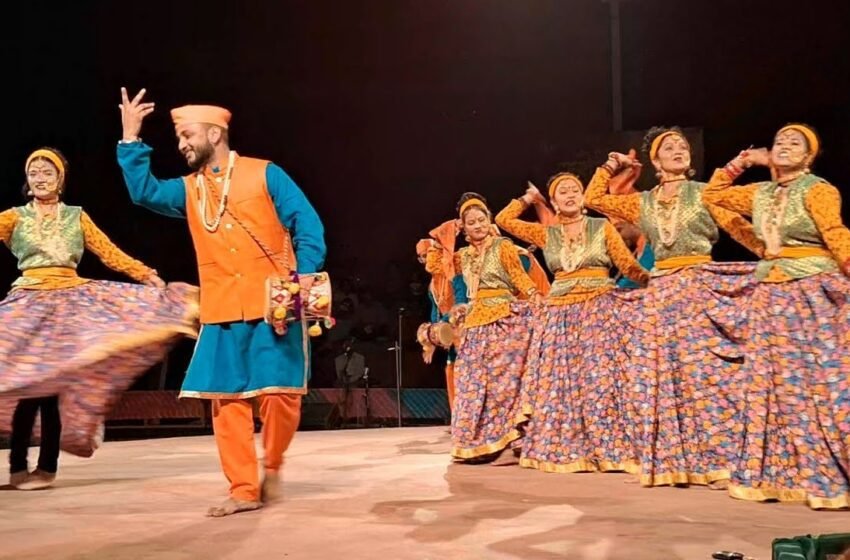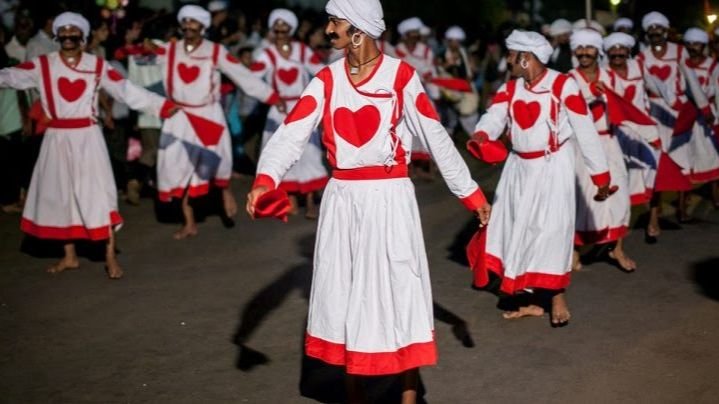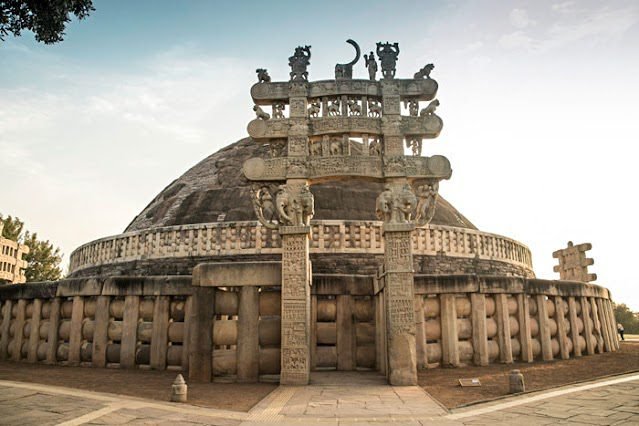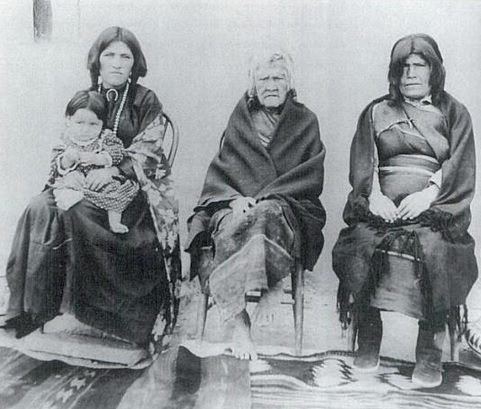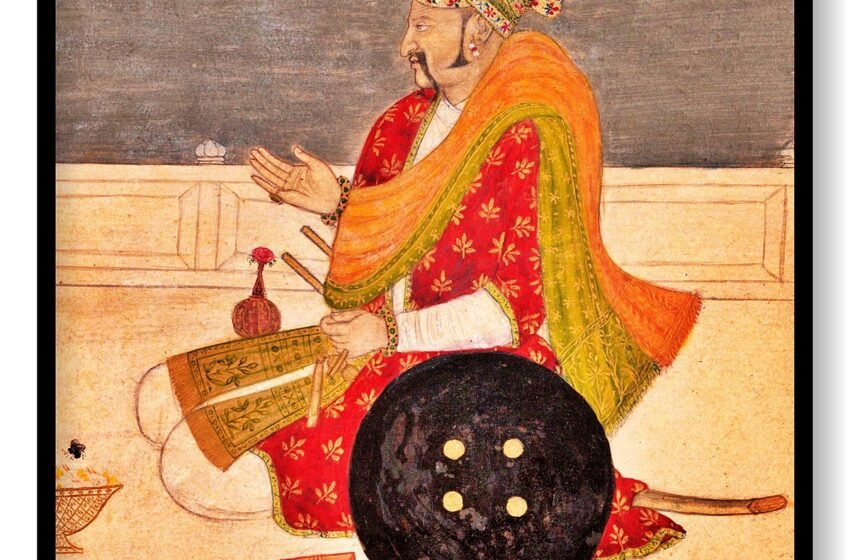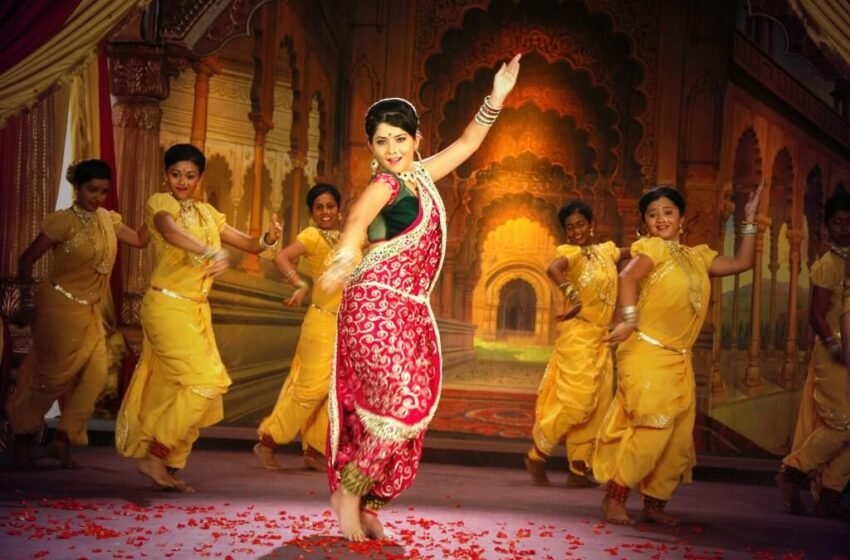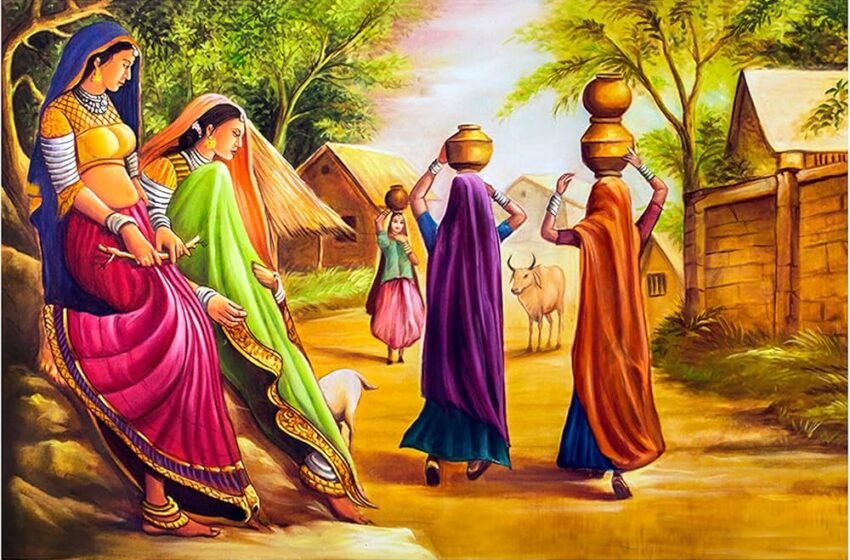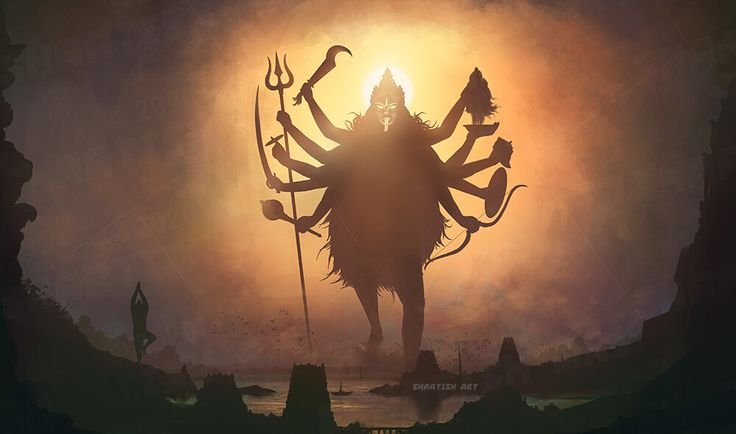Chhapeli Dance: A Celebration of Love and Culture in Uttarakhand
Uttarakhand, known for its majestic Himalayan landscapes and vibrant cultural heritage, is home to several traditional art forms that reflect its rich history. Among these, the Chhapeli Dance stands out as a unique and romantic folk tradition. Originating in the Kumaon and Garhwal regions of Uttarakhand, the Chhapeli Dance is a vibrant expression of love, […]Read More
